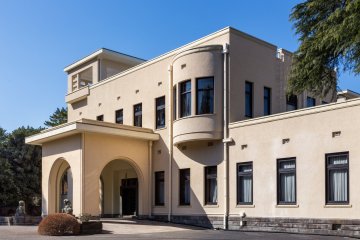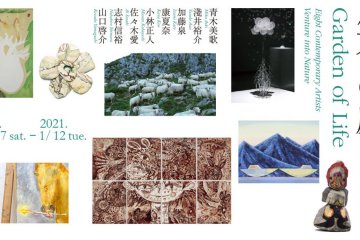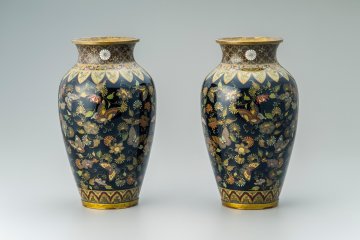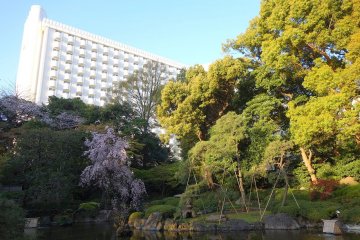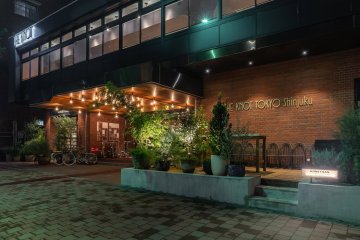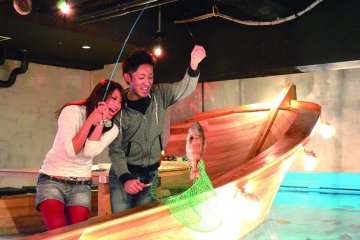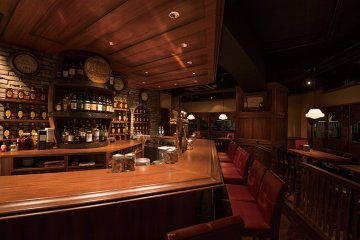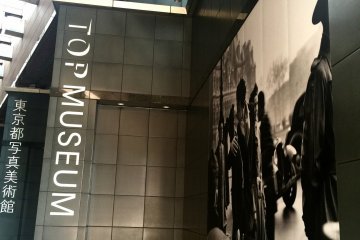Tokyo Metropolitan Teien Art Museum, located in Minato City, is renowned for its Art Deco architectural style. The structure was originally built in 1933 as a home for Prince Asaka, who, after spending time abroad in France and the United States, requested that it be designed in the popular 1930’s style. Famous French artist Henri Rapin designed the mansion’s interior, and glass designer and jeweler René Lalique created the decorative glasswork in the front entrance hall, as well as the chandeliers.
The building was converted into the Tokyo Metropolitan Teien Art Museum in 1983 and was designated as an Important Cultural Property in 2015.
Aside from the structure itself, the museum is home to a number of continuously changing exhibitions that feature jewelry, sculptures, fashion, home decor, and contemporary art. In 2014, a cafe, a museum shop, and additional exhibition spaces were added.
The museum’s artistry continues outside with its immaculately landscaped gardens. The grounds contain both Japanese- and Western-style gardens, complete with seasonal flowers, ponds, and sculptures. The area is also home to a teahouse.
When the museum installs a new exhibition, the main building and annex are closed, but the gardens remain open.



/139.7190817,35.6368717,9/397x132?access_token=pk.eyJ1IjoiamFwYW50cmF2ZWxtYXBzIiwiYSI6ImNqbXBtOXYxbDB5Z3ozbHFrazJuYWMwOGYifQ.v15fy_mcFWtgopmz8PhwqA)
